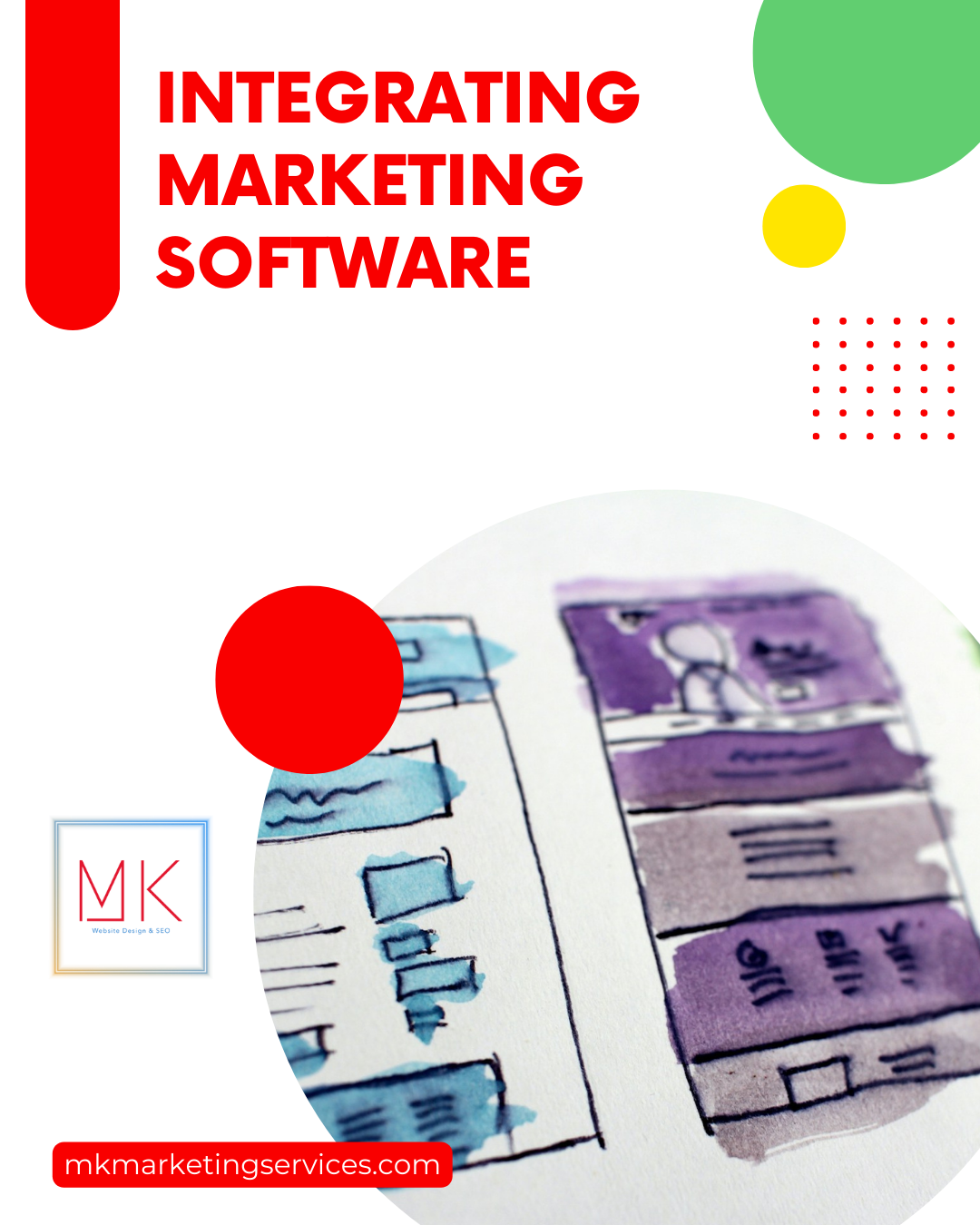In today’s globalized world, industries face the challenge of creating a brand that appeals to customers worldwide. Different industries must keep up with the marketing trends and align their strategies to ensure their brand resonates in this increasingly globalized market.
One such industry, often overlooked in mainstream discussions but undeniably significant, is the terminal operator industry. The terminal operator industry is the backbone of international trade. Whether through sustainability in port initiatives or new shipping regulations, identifying key markets is a must to remain competitive.
But how does one effectively market in this expansive realm? Let’s delve deeper into the challenges and opportunities in this article.
What Is the Terminal Operator Industry?
To the uninitiated, the term “terminal operator” might not evoke immediate recognition. However, anyone who’s bought an international product has, in one way or another, engaged with their services.
Terminal operators provide services and facilities at port locations, helping customers to manage their cargo and vessels more efficiently. They are responsible for managing all the activities associated with a vessel’s arrival or departure from a port.
In a nutshell, they’re the gatekeepers of global commerce, facilitating the seamless transition of goods across borders. A comprehensive understanding of the global market and an ability to create effective marketing strategies can help terminal operators reach customers beyond borders.
Marketing Challenges in the Terminal Operator Industry
It’s easy to assume that an industry integral to global trade would have it easy in the marketing department. However, the reality is quite the contrary.
The terminal operator industry faces numerous challenges when it comes to marketing, including:
Limited Public Understanding
The industry’s nature means that its operations are largely behind the scenes. Thus, generating widespread recognition or understanding is an uphill task. The general public doesn’t fully appreciate the services that terminal operators provide. This may also mean that the public isn’t aware of their importance in global trade.
Cultural and Regulatory Differences
Every port and country has its own set of regulations, customs, and cultural nuances. Crafting a one-size-fits-all marketing message becomes nearly impossible. Marketers must constantly revise their marketing strategies to fit a country’s culture.
High Competition and Price Wars
With many players in the field, differentiation becomes a significant challenge. Companies often find themselves in price wars, which can erode brand value. For instance, terminal operators often try to undercut each other on price when bidding for new contracts.
Lack of Data
Data is a critical component of the terminal operator’s decision-making process. However, many operators lack the data necessary to make informed decisions. This means they have to rely on outdated or inaccurate information, making it hard for them to remain competitive.
Technological Advancements
The rapid pace of technology means terminal operators must continually showcase their advancements. This helps ensure clients that they’re at the cutting edge. If the terminal operator falls behind technological advancements, they won’t be able to keep up with the competition.
How to Overcome Marketing Challenges
Although different marketing challenges exist in the terminal operator industry, various ways exist to overcome them. Here are ways to do so:
Educate to Engage
Implement educational campaigns to raise awareness about the industry’s importance. Companies can enhance their brand image by informing the public and potential clients about the crucial role terminal operators play. This increases potential customers’ familiarity with the brand.
Localized Marketing Strategies
Stay away from one-size-fits-all approaches in marketing. Instead, adopt marketing strategies that cater to each region. Consider their specific needs, cultural nuances, and regulations to ensure you can appeal to a country’s marketing audience.
For example, understand the language used in each region. Make sure you have a thorough grasp of the language and local dialects. This will make reaching the right people in each area easier for your message.
Value Proposition Over Price
Regarding marketing in the terminal operator industry, shift the conversation from price to value. Highlight unique services, technological advancements, and efficiency metrics to distinguish your brand.
This will help prospects feel like they are making an informed decision when it comes to choosing your services. You can also use customer stories or case studies to demonstrate the value you have delivered in the past.
Collaborative Information Gathering
Terminal operators can share essential data with shipping companies, logistics providers, and other port stakeholders. This pooling of resources can create a richer and more comprehensive database.
Also, they can implement automated data collection systems. These systems automatically gather, store, and process data, eliminating the need for manual entry and reducing the chance of errors.
Leverage Technology
Utilize digital platforms for marketing. Virtual tours of terminals, webinars about industry advancements, and client testimonials can help build a robust online presence.
Summary
The global terminal operator industry has unique marketing challenges. Overcoming these requires a blend of education, localization, and leveraging technology.
The terminal operator industry must acknowledge the significance of effective marketing. Branding beyond borders is not just about moving goods – it’s also about moving minds.













